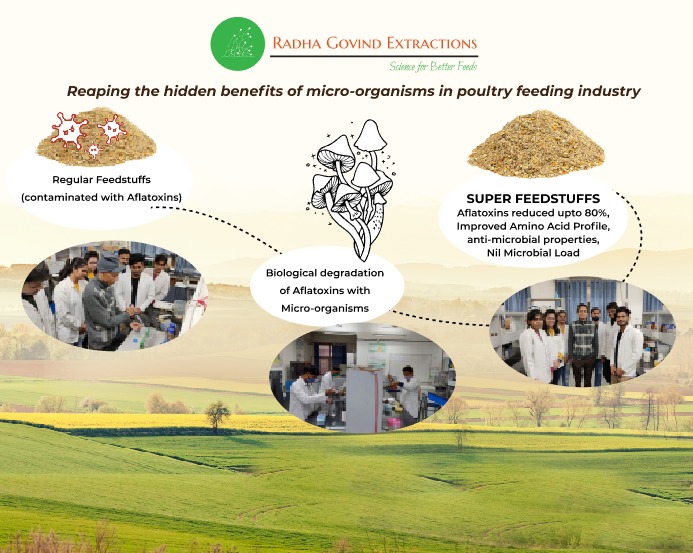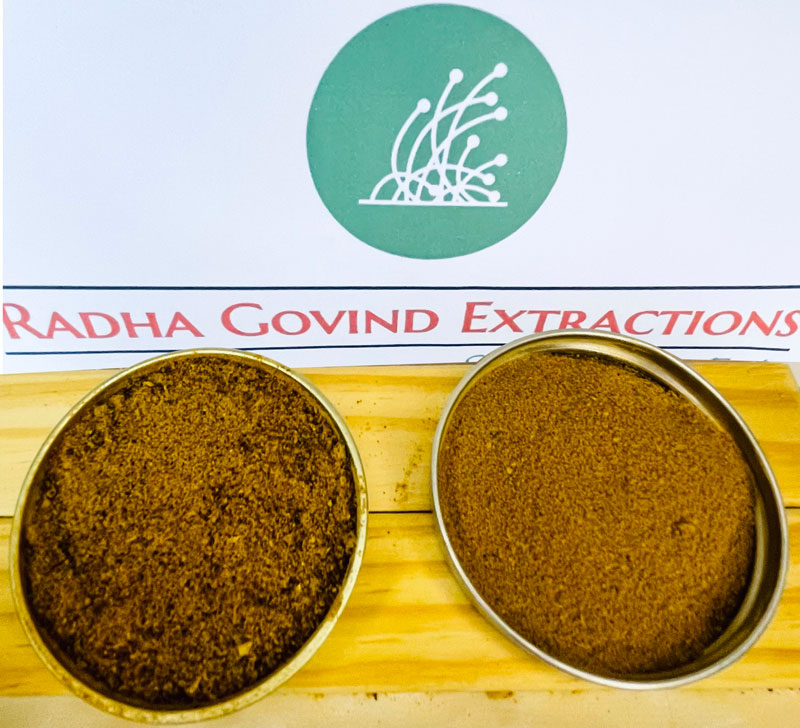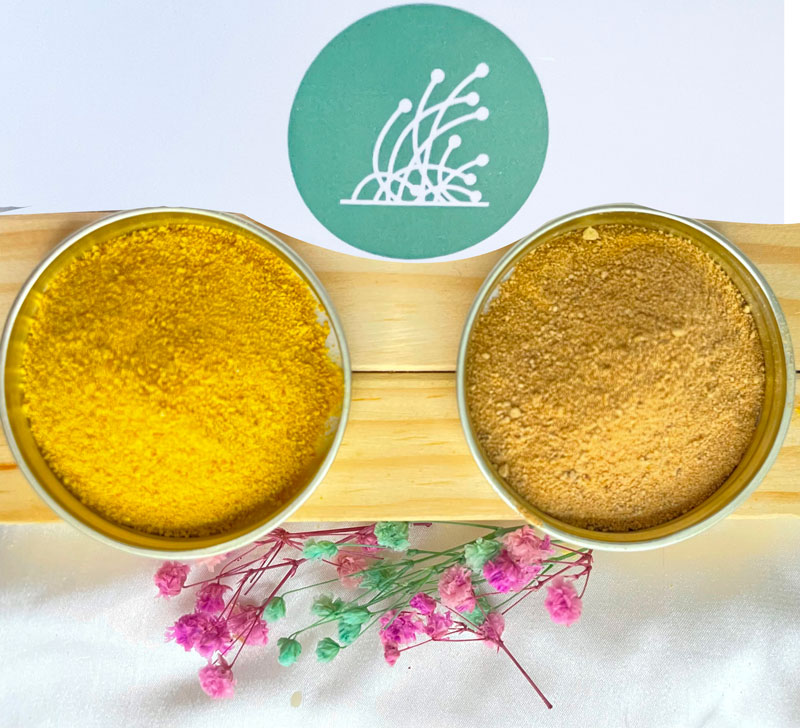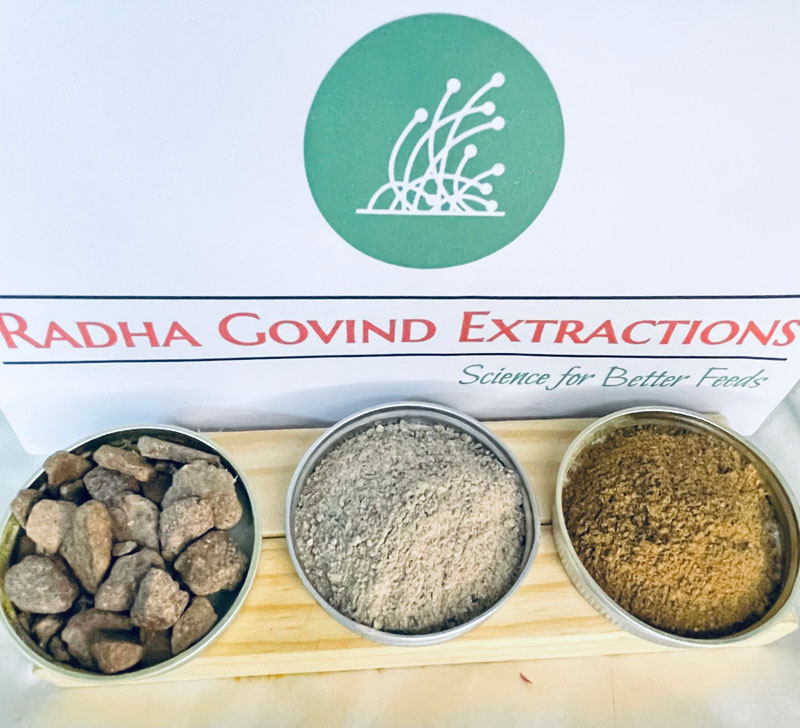BIOLOGICAL TECHNOLOGY FOR DEGRADATION OF AFLATOXINS
Among the mycotoxins affecting food and feed, aflatoxin is the major one in food that ultimately harms human and animal health. The major sources of aflatoxins are fungi such as A. flavus,A. parasiticus, and A. nomius, although they are also produced by other species of Aspergillus as well as by Emericella spp. They are usually found in cereals and grains such as rice, corn, sorghum, millet, and groundnuts during the harvesting, storage, and poor processing conditions.
Aflatoxin contamination associated with food or feed is a global problem especially in the tropical and subtropical regions of the world, where warm temperatures and humidity favor the growth of the fungi.
The level of toxicity associated with Aflatoxin varies with the types present, with the order of toxicity being AFTs-B1 > AFTs-G1 > AFTs-B2 > AFTs-G2.

Scope of Technology : -
To control aflatoxin in the final feed product, just before it is available for consumption to the animals.

Environmentally Benign Process/Technology:
Harnessing the 25 years of rich experience of our microbiologists’ team, we are grateful to have developed a biological process to degrade the aflatoxins present in the conventional feed raw materials, namely: -DDGS, MGL, GNE
Feed raw materials treated through this biological process enhances their value in terms of :-
Reduced Toxicity
Amino acid Profile
Anti-microbial properties
NIL Microbial Load
Thus making them SUPER FEED PRODUCTS.


Comparison of Control Vs Treated Samples

DDGS (Control vs Treated)

Maize Gluten (Control vs Treated)

Ground Nut DOC (Control vs Treated)
Benefits*:
-
Increased Immunity
-
Controlling Mortality
-
Achieve better inclusions
-
Saving costs
-
Environmentally Benign Process
*Disclaimer : The source of this biological treatment has been reported for its good effects (a free radicals scavenger, antimicrobial properties, transformer of zero-biotic compounds) in mammals/humans and published in peers reviewed journals. We are open for In-vivo experiments for these products.


